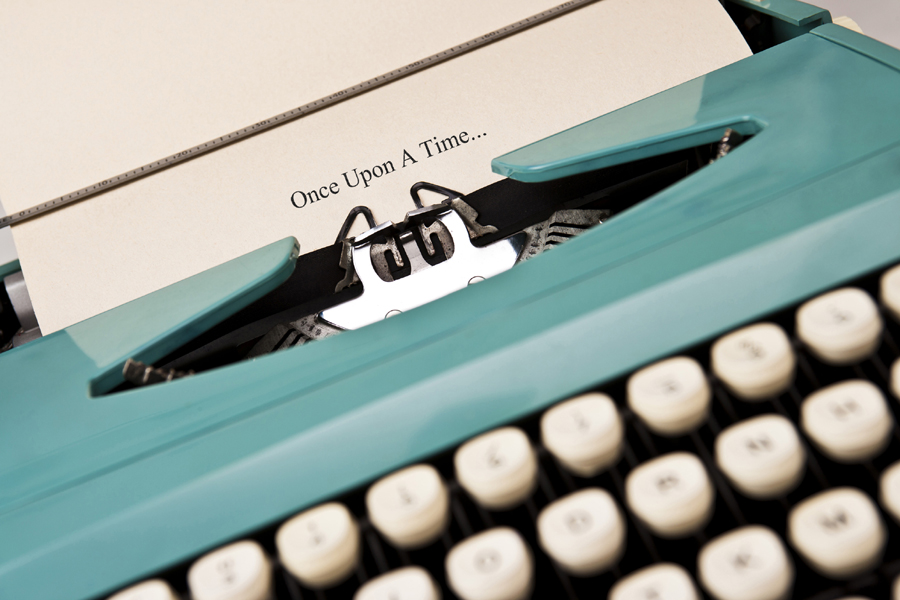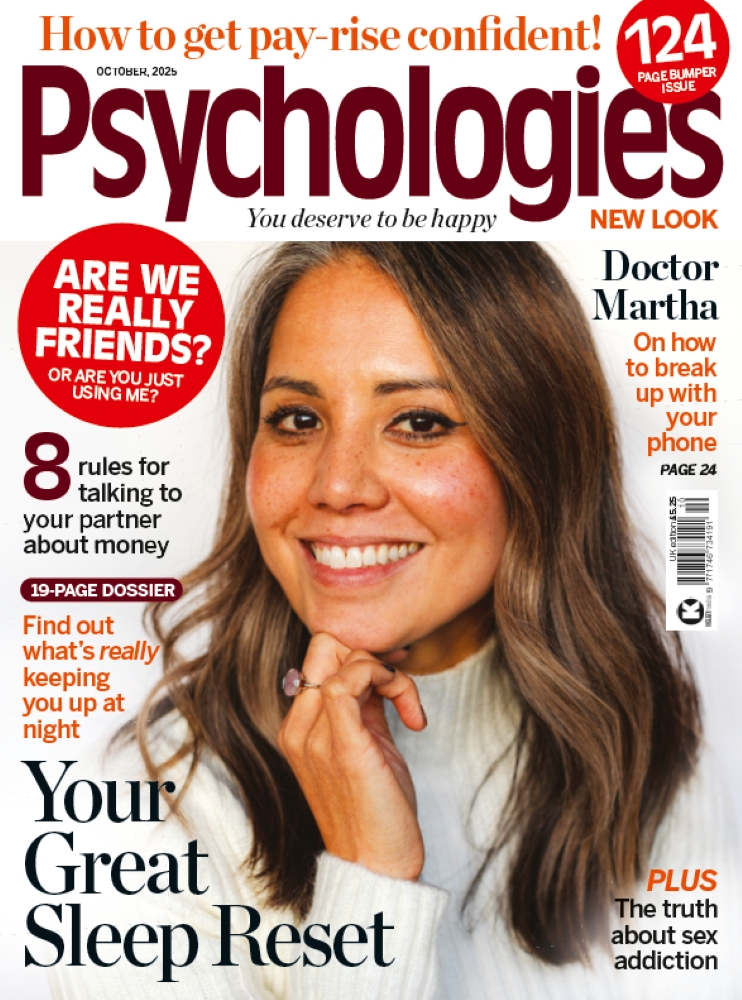Can fairy tales help me understand myself?
Fairy tales have been told for centuries, but what can their characters tell us about ourselves and how we approach life? Author Alison Davies explains

From the first version of Cinderella which originated in India, to the Brothers Grimm collection, we still tell fairy tales today, and each one has meaning. But don’t assume you only play the heroine/princess role in your life. There’s a big bad wolf, a wicked stepmother and a heroic prince in all of us. ‘All these characters portray emotions and problems we can relate to today,’ explains Davies, author of Be Your Own Fairy Tale. ‘For example, envy, fear, vanity, insecurity and a need to be loved. This is why fairy tales resonate so powerfully with us.’ Understanding what these characters represent in us can help the way we perceive and rewrite our own fairy tales.
Our heroine isn’t always an actual princess, but she’s got a kind heart and a sweet nature; think Little Red Riding Hood or Sleeping Beauty. As part of the story, she’ll have to go through some sort of transformation. For example, Sleeping Beauty falls into a deep slumber on her 16th birthday. The long sleep represents her journey into womanhood. In reality, we all endure hardship and pain, the experience of which often makes us stronger, bringing out our best qualities and showing us what we’re capable of achieving.
2. Wicked Stepmother/Evil Queen
In most tales the villain is a woman; either a stepmother or an evil queen who’s usurped the throne. In Snow White, we have the evil queen who’s obsessed with her looks; in Rapunzel it’s the witch who locks her in the tower. This character will do anything to gain control and can be linked to the ego and its hungry need for power. If you feel drawn to this character, or deeply alarmed by her, take a look at your sense of self-importance. Perhaps you always put yourself down, and have low self-esteem.
It’s always the prince or the young hapless hero who ends up saving the day. In Sleeping Beauty, he battles the forces of nature to give the princess a kiss that brings her back to life. He may have to go on a journey first. He may have to learn something along the way or face some kind of challenge to prove his worth. Just like the tales themselves, which grow and change with each telling, the hero must also develop. The hero is not 100 per cent confident or secure in himself, but that’s why we like him. We identify with his struggle and we can make it our own. The hero gives us a sense of hope, that no matter what happens, or what mistakes we make, we too can triumph against the odds.
The wolf appears in more than one fairy tale, from Little Red Riding Hood to The Three Little Pigs. He’s the main tormentor; he’s always up to no good and there’s usually a fitting end for this popular villain. But the Big Bad Wolf is often misunderstood. To get to grips with his him, think about his motivation. Why does he dress up in grandma’s clothes in Little Red Riding Hood and pretend to be something he’s not? In the story, it’s because he wants to eat Little Red Riding Hood – he needs sustenance and to
get it, he uses deception. We often take on different roles in life and pretend to be something we’re not, because we’re trying to succeed and please others. When we do this, we’re being the Big Bad Wolf. But that doesn’t necessarily mean we’re coming from a bad place. Ask yourself how many different roles you play, and consider which versions of you make you happy, and which ones make you uncomfortable.
Adapted from Be Your Own Fairy Tale: Working with Storytelling for Positive Life Change by Alison Davies (Watkins, £10.99).
Photograph: iStock









